Marvel Fan Favorite Superhero Only Exists Because Of Disco

The Disco craze of the late ’70s/early ’80s isn’t looked back on fondly these days. The era is often remembered for bad hair, bad fashion, and, if we’re being honest, bad music. Fans of the Marvel superhero Dazzler, however, actually owe Disco a big thank you—whether they know it or not.
Designed To Be A Multimedia Star
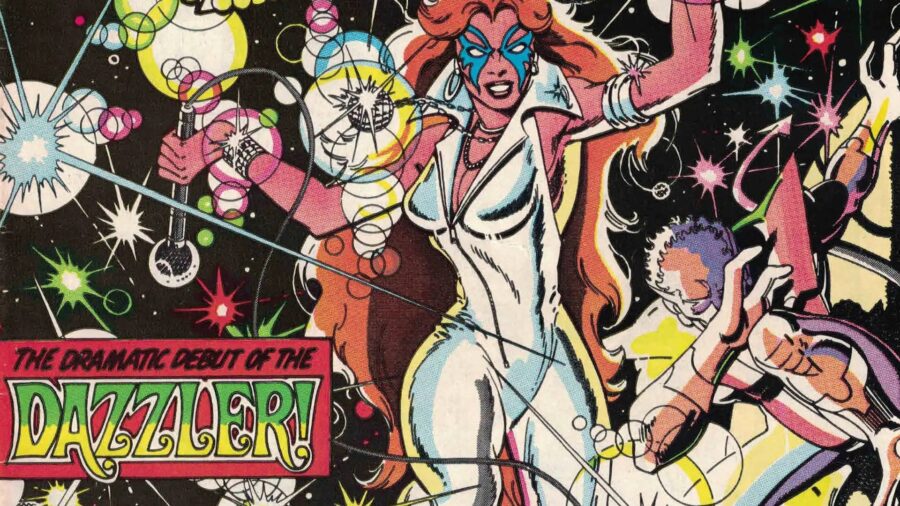
Alison Blair, better known by her superhero name Dazzler, might be the first Marvel character ever created to be an actual pop star. The idea at the time was for a multi-media project between Marvel and Casablanca Records. There would be a “real” Dazzler singing actual Disco hits on actual records, while her more heroic exploits would be detailed in a self-titled Marvel comic book.
Turns Sound Into Light
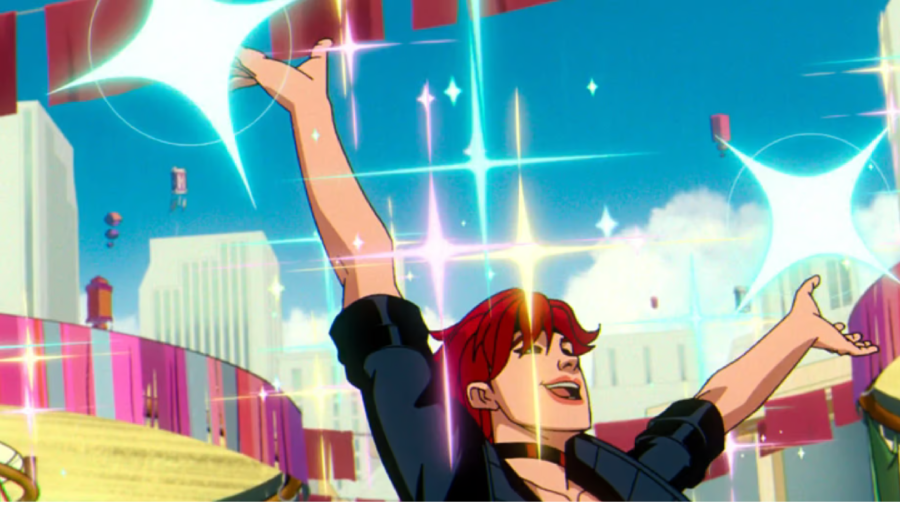
For anyone not in the know, Dazzler is a mutant with the power to turn sound into light. She originally used the power to create pretty light shows while she sang on stage. With practice, however, Dazzler learned how to use her powers for more than just Disco lights. Blaire gained the ability to turn sound into destructive energy blasts and even hard light constructs like the Green Lantern.
Based On Grace Jones
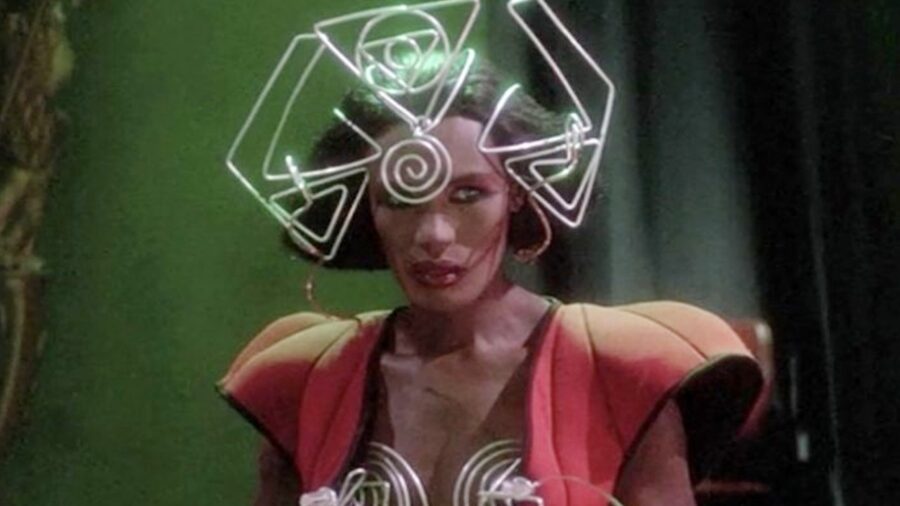
Dazzler was originally called Disco Dazzler and was based on Disco artist Grace Jones. In fact, the pitch Marvel initially sent to Casablanca Records head Neil Bogart featured the hero as an African American woman drawn to look like Jones. Bogart loved it and suggested that the character be introduced to the public via a live-action half-hour television special.
The special would have featured numerous Casablanca artists such as Cher, Donna Summer, Kiss, and the Village People playing famous Marvel characters. Unfortunately, Bogart was ousted from Casablanca before Dazzler’s Disco-themed TV extravaganza could be produced. Instead, filmmaker John Derek suggested a Dazzler movie starring his wife, Bo Derek, instead of an actual Disco artist.
Re-Designed After Bo Derek
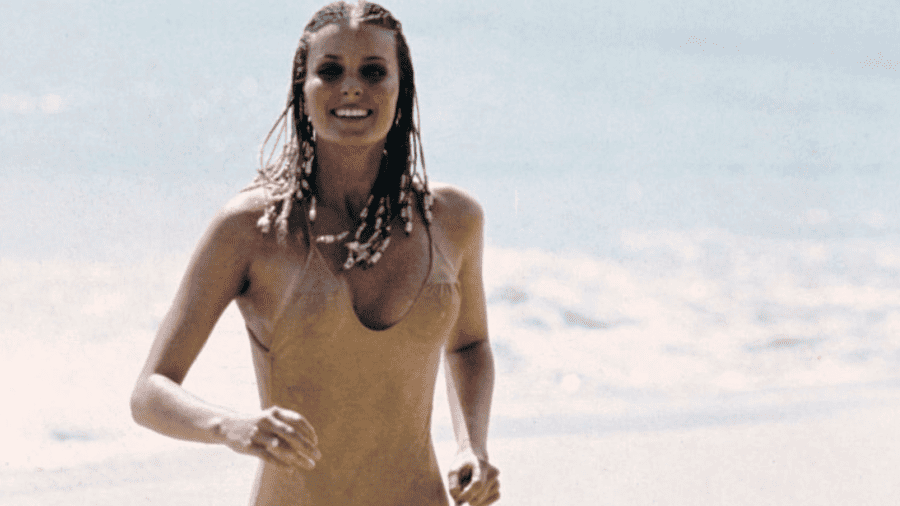
The change of plans led Marvel to redesign Dazzler to look less like Disco artist Jones and more like Bo Derek. Unfortunately, this meant the African American superhero would now be Caucasian to better match Derek’s melanin-deficient exterior. While this was definitely a missed opportunity for Marvel, the cash-strapped publisher was trying to drum up some easy revenue.
With the success of her movie 10, Derek had become a huge sex symbol in Hollywood, and Marvel wanted to capitalize on her popularity while she was still hot. Had everything worked out, Dazzler would have made her debut in a movie before ever appearing on a Disco record or in a comic book. Unfortunately for Marvel, things did not work out.
Disco Died Before Dazzler Lived
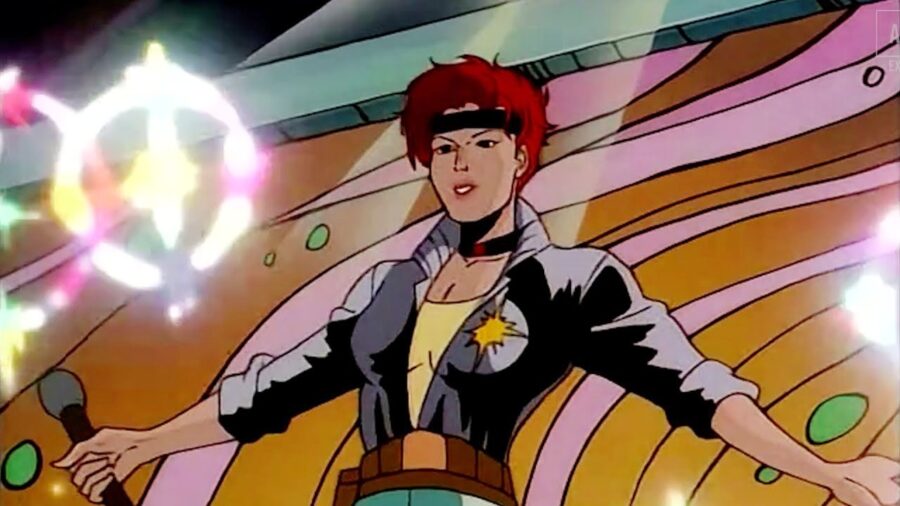
Casablanca decided it was no longer interested in the Dazzler project around the same time the Dereks lost interest following the flop of the Bo Derek vehicle Tarzan, the Ape Man. Marvel was now stuck with a character they had spent a long time developing as a multi-media property without any media in which to display her other than comic books.
To add insult to injury, Dazzler had been in development hell for so long that the Disco movement was pretty much dead by the time Marvel was finally ready to release her to the public.
From Failed Project To A Company Saving Superstar

Ultimately, Marvel could take the lemon of a project into sweet, sweet lemonade. The Dazzler solo series was used as an experiment in direct market exclusivity. For years, comic books had been available on newsstands and at drugstores alongside specialty comic shops. Marvel decided to make Dazzler their failed Disco Queen, the first comic book they would sell directly to comic book retailers and only comic book retailers.
The gamble paid off, and the first issue of Dazzler in May 1981 sold 400,000 copies—twice the amount the average Marvel comic was selling at the time. Marvel’s experiment was so successful that, to this day, the bulk of comic books are sold exclusively to the direct market.













